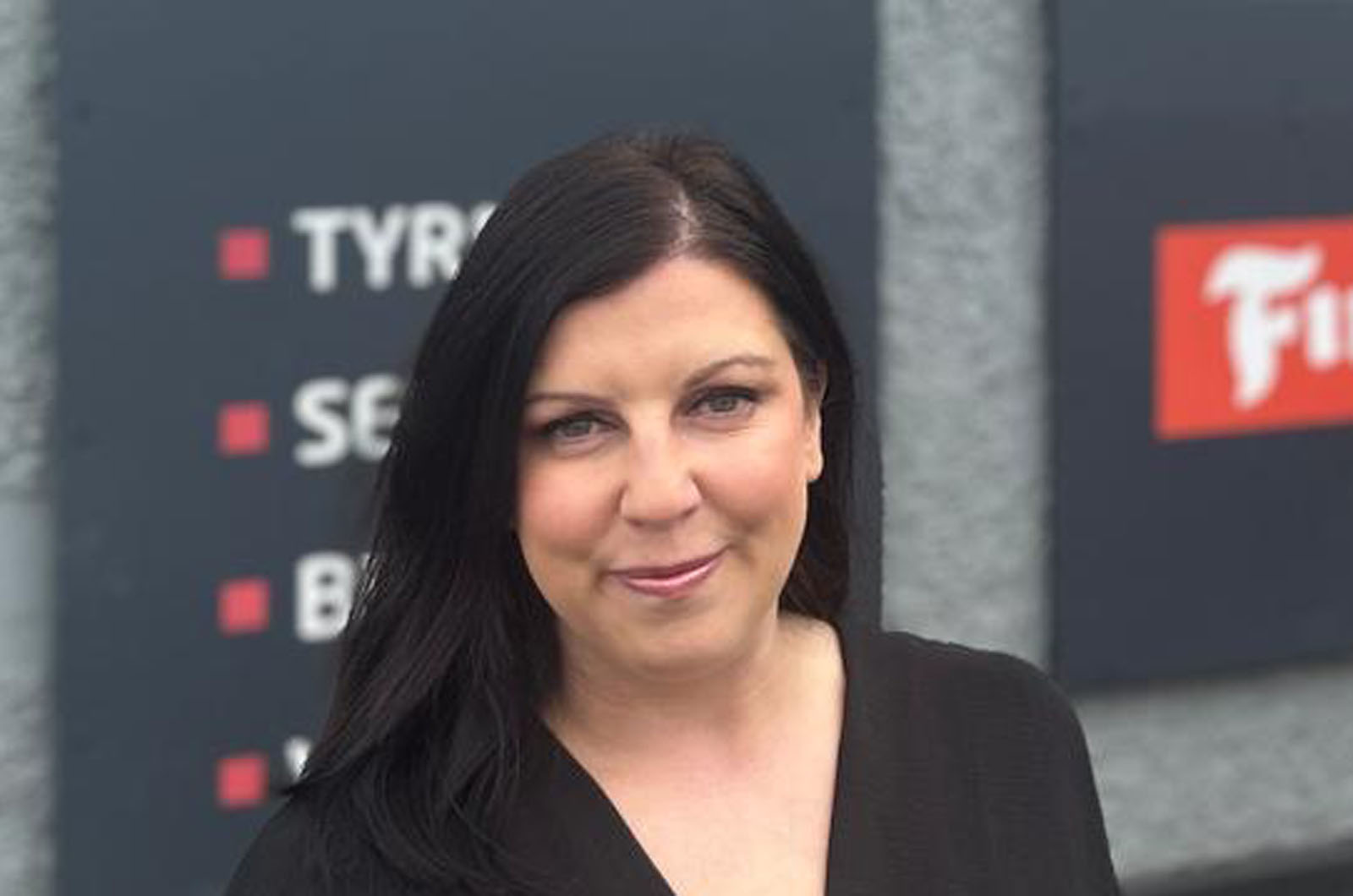 John Genge on how get around a miserly bank manager and find finance.
John Genge on how get around a miserly bank manager and find finance.
The government seems to endlessly talk about making access to finance easier, but I still can’t get my bank to play ball. What can I do?
This is a question that I am asked a lot. It seems that when you don’t need money, banks are throwing it at you but when you are desperate, they don’t want to know. Is this a simplification of the real situation, and can we adopt other tactics to present a better case to our bank?
The answer is most certainly “yes” and you as the customer of the bank should expect good customer service but only if you are a good customer. Banks have had a rough time and it is worth just taking a moment or two to review what they’ve gone through which might explain why they appear difficult.
Sure, many banks were reckless, many undertook dubious practices but after the crisis their own balance sheets were severely weakened. So as they had to strengthen them quickly the first casualties were risky customers. The next thing to happen was the hike in overdraft rates. From a pre-crisis overdraft rate of two to three percent above base the norm became five to six percent and sometimes more. So, a lot of companies lost or had reduced, their borrowings facility and most paid a lot more for it.
Time has moved on and despite further financial losses through insurance mis-selling, banks are at last growing stronger but as the recovery is fragile, they remain cautious. Talking with bank managers, an example of this caution is the lack of discretion or authority given to them by their bosses. It seems that lending decisions are made by formulae and computer programs calculating key ratios according to criteria set out by the bank. So you can no longer rely on a “good story” or your personal relationship with a bank manager who has most likely either moved on or has had his or her authority reduced.
Have your facts ready
So, if you are seeking new capital, a reduction in your overdraft rate or even just keeping your present arrangement, you need to have your facts ready and be able to demonstrate that you are a good customer.
Firstly, have a business plan. If this is a facility renewal, then probably your budget is enough. If it is an increased or new facility, a longer period plan, typically three to five years is necessary. Profit and loss accounts are not enough, plenty of profitable companies go bust. You need a “trended balance sheet” which is a month-by-month projection of your balance sheet showing how your business’ assets and liabilities change. You need to be able to read a balance sheet to explain one so if in doubt, take your accountant and be ready to explain the Gearing Ratios, Liquidity and Quick Ratios and how they trend month by month.
Clearly the bank will be pleased if the trends are positive but if adverse, you need some pretty robust explanations.
You must also have a detailed month by month cash flow forecast showing every type of revenue and expenditure including VAT, corporation tax, once a year spend like insurance premiums, audit fees, etc. There will be peaks and troughs, you may stock up with winter lines in October and have to pay for them in November before your customers pay you so, carefully plan for all such events and detail this on your balance sheets and cash flow forecasts.
Knowing that banks are cautious, have a “what if” scenario because the bank will expect one. Simply put, what if sales are 10 percent down, what if sales are 10 percent up? How would these scenarios affect your profit and loss, balance sheet and more importantly, cashflow? Remember, with increased sales, cashflow is stretched as stocks and debtors invariably rise and money goes out before that sales revenue is received.
CAMPARI
I have a useful checklist spelling out the name of a famous drink to remind you of the main aspects of your business plan a bank would want you to present to them. These are: Character, Activity, Margin, Purpose, Amount, Risk and Investment.
• CHARACTER – What is your past business performance? What is your business reputation? Are you seen as reputable?
• ACTIVITY – What is your business? Is it an established activity or a new venture?
• MARGIN – How robust are the profits that you can make? Is the market a viable one?
• PURPOSE – What are you going to do with the money? Is it speculative or core business?
• AMOUNT – How much is being asked for? Is the business investing its own money too?
• RISK – Are there “what if” scenarios? How likely are these? What happens in a “worst case” scenario?
• INVESTMENT – What is the planned return on investment?
The bank may still say “no” but if you consider all of the above, it makes it a little harder for them to do so.










Go to comments